The story of the humble latex, which laid the foundation for the global web
On an August day, Tracey Williams was out beach-combing with her dog, a daily routine for the resident of Cornwall, when she came across an odd-looking object lying on the sand. It was a grayish slab stained brown by the elements, weighing about 3 lbs. and measuring 13 inches across—roughly the size of a kitchen chopping board. The word “Tjipetir” was inscribed on it.
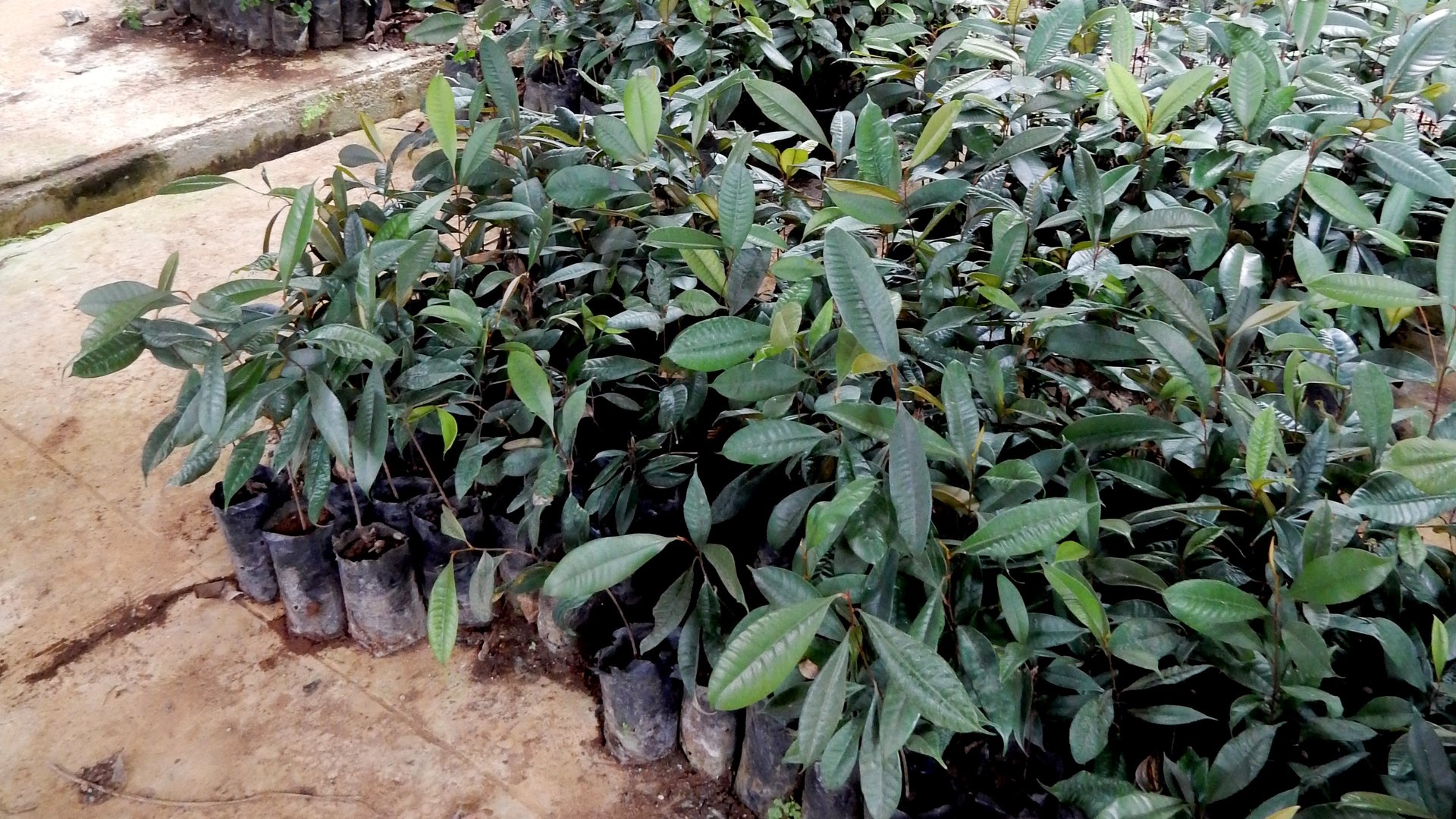

On an August day, Tracey Williams was out beach-combing with her dog, a daily routine for the resident of Cornwall, when she came across an odd-looking object lying on the sand. It was a grayish slab stained brown by the elements, weighing about 3 lbs. and measuring 13 inches across—roughly the size of a kitchen chopping board. The word “Tjipetir” was inscribed on it.
“I wasn’t sure what it was made of—whether it was made of wood, or plywood—I hadn’t seen anything quite like it before,” she said, recalling the 2012 discovery.
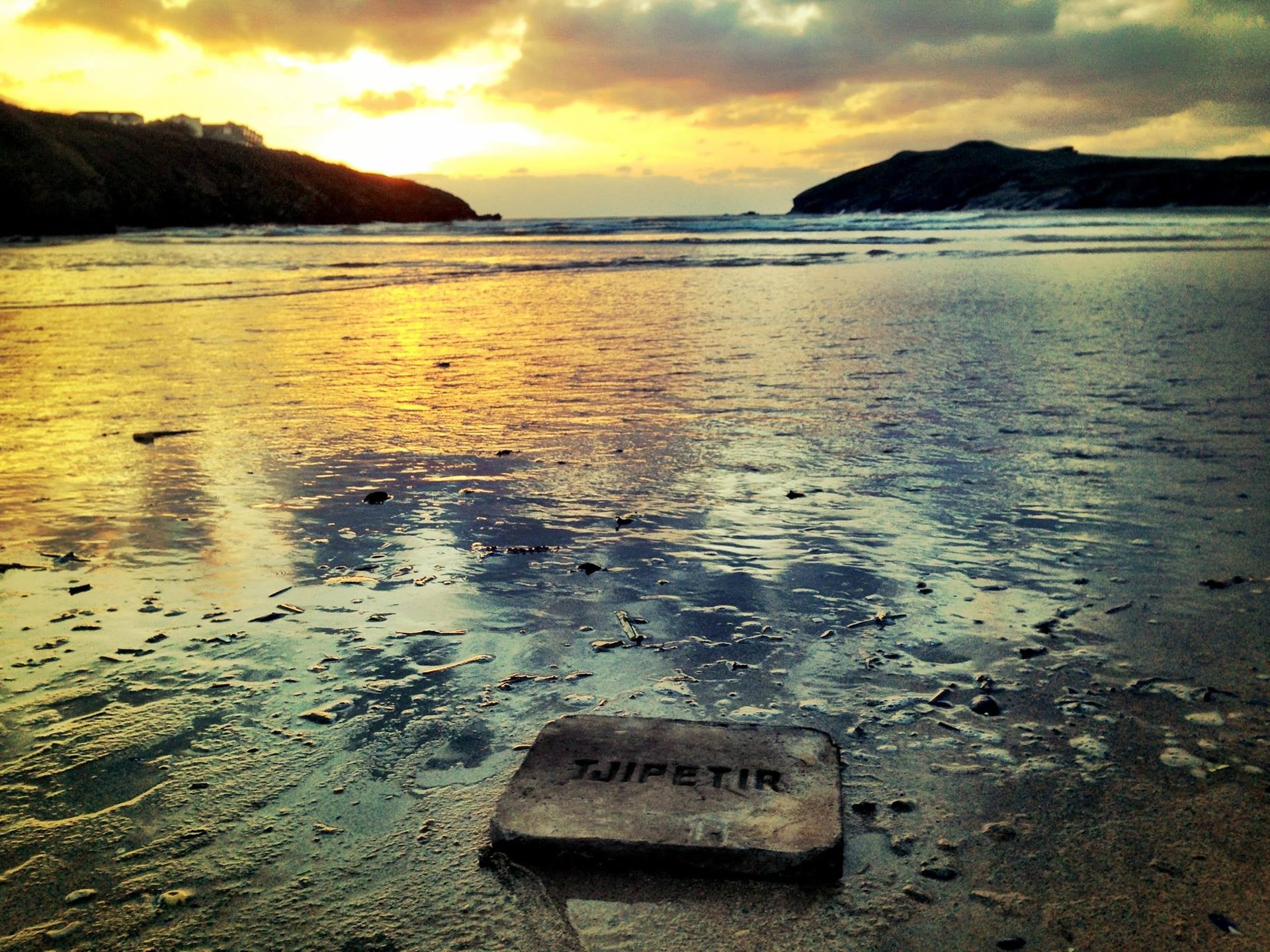
In time, Williams would trace the blocks to an eponymous plantation in western Java active in the late 19th century and early 20th century. The facility harvested the latex of a particular Southeast Asian tree, palaquium gutta. The milky white liquid was known as gutta percha, and it was extracted by crushing the tree’s leaves under granite boulders, then fashioned into blocks and stamped with the facility’s name.
Williams’ discovery of the mysterious block was followed by dozens of reports of similar findings on beaches across western Europe. The blocks, materializing from the Atlantic surf, would cast the spotlight on gutta percha, a Victorian commodity whose obscurity belied its crucial place in modern communications. The humble latex would accelerate global telecommunications to a previously unimagined pace; cement the British empire’s grip over the world’s critical messaging systems; and spur industry and academia to devise some of the foundational theories of modern physics.
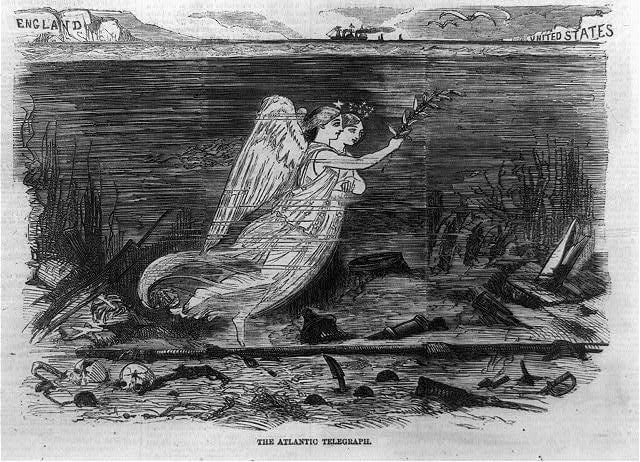
The Victorian system of submarine cables literally laid the foundation, in many cases, for today’s fiber-optic networks. The globe-spanning networks of the day spawned business titans, and technological innovators, that bear close parallels to today’s internet-enabled tycoons. Gutta percha was largely replaced by polyethylene by the 1950s, ending a century of industrial telecommunications use.
The depths of technology
Gutta percha solved a simple, but maddening, problem that had vexed Victorian engineers for years. How to insulate a copper wire laid on a seabed so that messages from, say, London, could be received in New York almost immediately? Submarine telegraphy would replace the messages carried by ship that was the norm in the middle of the 19th century. The issue was none of the materials and techniques at the time—tarred hemp or rubber—provided adequate insulation.
The apocryphal tale, recounted in Victoria University historian John Tully’s 2009 paper, A Victorian Ecological Disaster, goes that in 1832, a Scottish surgeon stationed in Singapore with the East India Company named William Montgomerie wrote a paper about gutta percha’s unique properties: it could be moulded in hot water but it hardened as it cooled. This was demonstrated to him by an anonymous Malay gardener, who was explaining why it was popularly used for knife handles, whips, and other tools in the Malay archipelago. Montgomerie thought the material could have surgical uses.
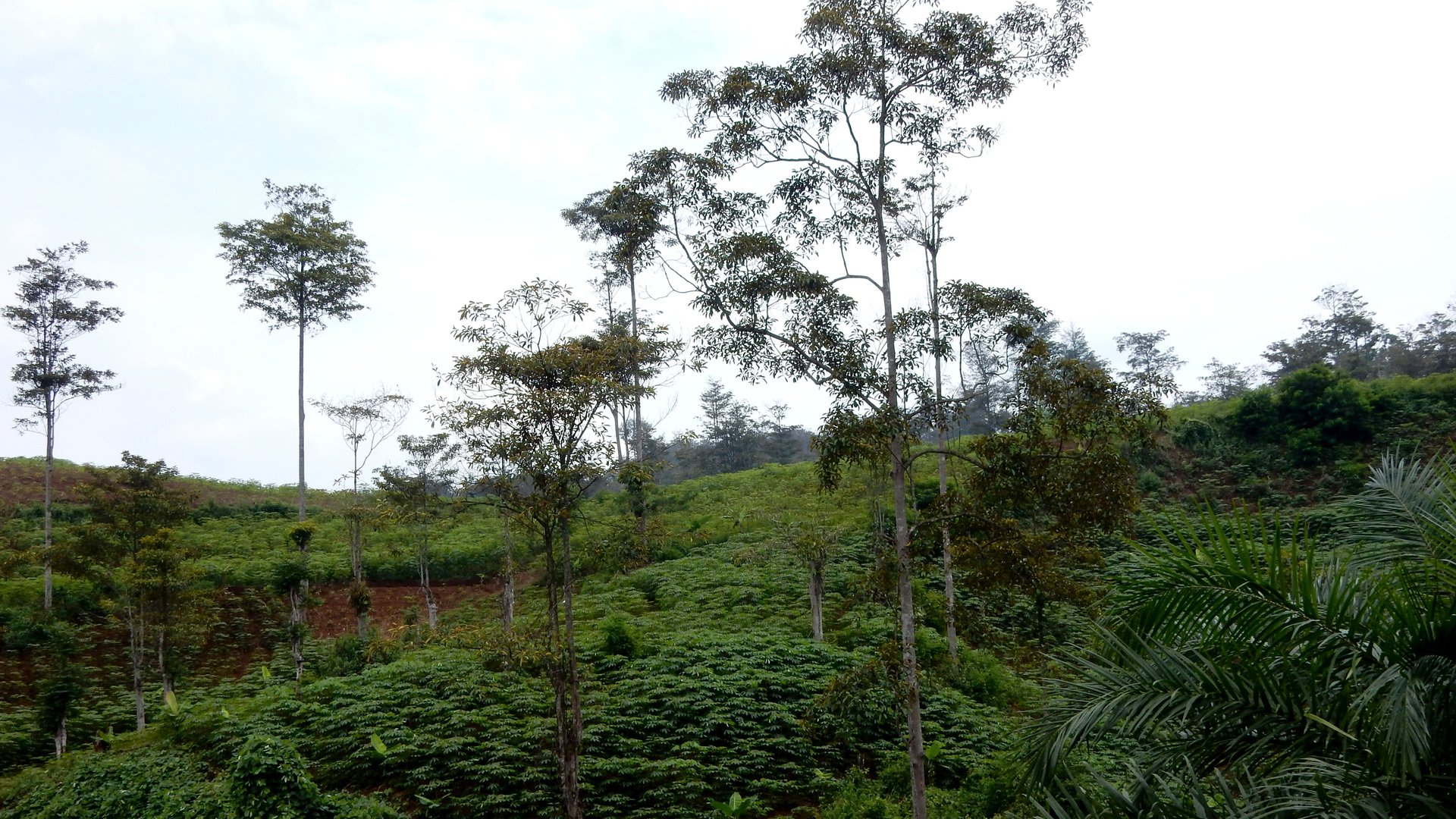
Montgomerie also sent gutta percha samples to London, where they were displayed at the Society of Arts. Soon, the substance caught the attention of a star of Victorian technology, Michael Faraday, discoverer of electromagnetic induction, who wrote about its uses as an electrical insulator in The Philosophical Magazine in 1848. Word of the latex spread among British engineers. They saw an insulator that could be molded like rubber, but unlike rubber, didn’t crumble underwater.
Before long, risk-taking entrepreneurs wanted to profit from a gutta percha-coated underwater cable. The first successful cable was laid by the Brett brothers, connecting Dover and Calais over 25 nautical miles, in September 1851, marking the start of a boom in submarine telegraphy that would last well into the next century. The global cable network would grow from about 15,000 to over 200,000 nautical miles between 1866 and 1900, according to Bruce J. Hunt, a historian of science at the University of Texas at Austin, in his 1998 article Insulation for an Empire (pdf).
The rise of the underwater cabling industry spurred on technologists of the time. In a foreshadowing of today’s technological scrambles—whether over artificial intelligence, drones or bitcoin—the cutting-edge of Victorian engineering seized on quantifying gutta percha’s properties as the scientific trend of the day. They would either be directly employed by cable companies, or indirectly benefit from private industry’s well funded labs. ”Gutta percha became one of the best studied substances,” says Hunt. “[Victorian engineers] knew its electrical properties better than almost anything else, except maybe copper. It was hot stuff.”
The list of figures that gutta percha benefitted is long: Werner von Siemens, whose company bears his name today, conducted experiments in vulcanizing the latex; Lord Kelvin, after whom the unit of temperature the kelvin is named, helped to quantify its inductive properties; Faraday confirmed his theory of electromagnetic induction at a cable company’s docks in East London; data from gutta percha experiments would inform James Clerk Maxwell’s equations that unified light, electricity, and magnetism for the first time.
It was as if the Elon Musks or Steve Jobs of the day were all focused on the same, potentially world-altering technology. Here’s Lord Kelvin (at the time simply Sir William Thompson), addressing the British Society in Edinburgh in 1871, with a speech that wouldn’t sound out of place at a tech conference in today’s Silicon Valley:
“This leads me to remark how much science, even in its most lofty speculations, gains in return for benefits conferred by its application to promote the social and material welfare of man. Those who perilled and lost their money in the original Atlantic telegraph were impelled and supported by a sense of the grandeur of their enterprise, and of the world-wide benefits which must flow from its success.”
A Victorian ecological disaster
There was a deep irony at the core of the gutta percha-enabled telegraphy craze. While the latex was fuelling the state of the art in global electrical communications, the methods by which the substance was collected by local woodsmen in its native Southeast Asia remained basic—and environmentally destructive.
As Tully describes in his 2009 paper, groups of local woodsmen—Malay, Chinese, Dayak—braved the rainforests to locate palaquium gutta trees in the wild. The trees were felled—often at great personal danger to the woodsmen—and the latex collected as it slowly flowed out of incisions in the bark. The collected latex had to be laboriously washed and rubbed before being rolled into sheets and finally into blocks. After the latex was processed, it was brought to Singapore, then a British colonial entrepôt, for export to Britain, where it could be applied to copper wires to form a submarine cable sheath.
Just as technology today regularly produces glitches and other unintended consequences, so did the appropriation of gutta percha to build Britain’s cable system, which had become a geopolitically important piece of technology for the empire. The British had an edge over its European colonial rivals because palaquium gutta happened to be most abundant in its Southeast Asian colonies, particularly in the jungles of what is today Malaysia. The French, for instance, mounted an attempt to break the British monopoly by cultivating gutta trees in plantations in its Indochina colonies in the 1880s that ultimately failed, according to Hunt.
But the collection method was a form of “destructive felling,” according to Peter Wilkie of the Royal Botanic Garden Edinburgh, and it proved unscalable as demand for thousands of miles of cable grew. A mature tree over 18 meters tall would yield about 300 grams of latex, according to contemporary reports. For comparison, the first transatlantic cable, laid in 1857, measured 1,853 miles (about 3,000 km) long and weighed 2,000 tons, of which 250 tons was gutta percha, as Tully has noted. In other words, some 900,000 trees would have to be felled for 1 ton of cable insulate, by those measures.
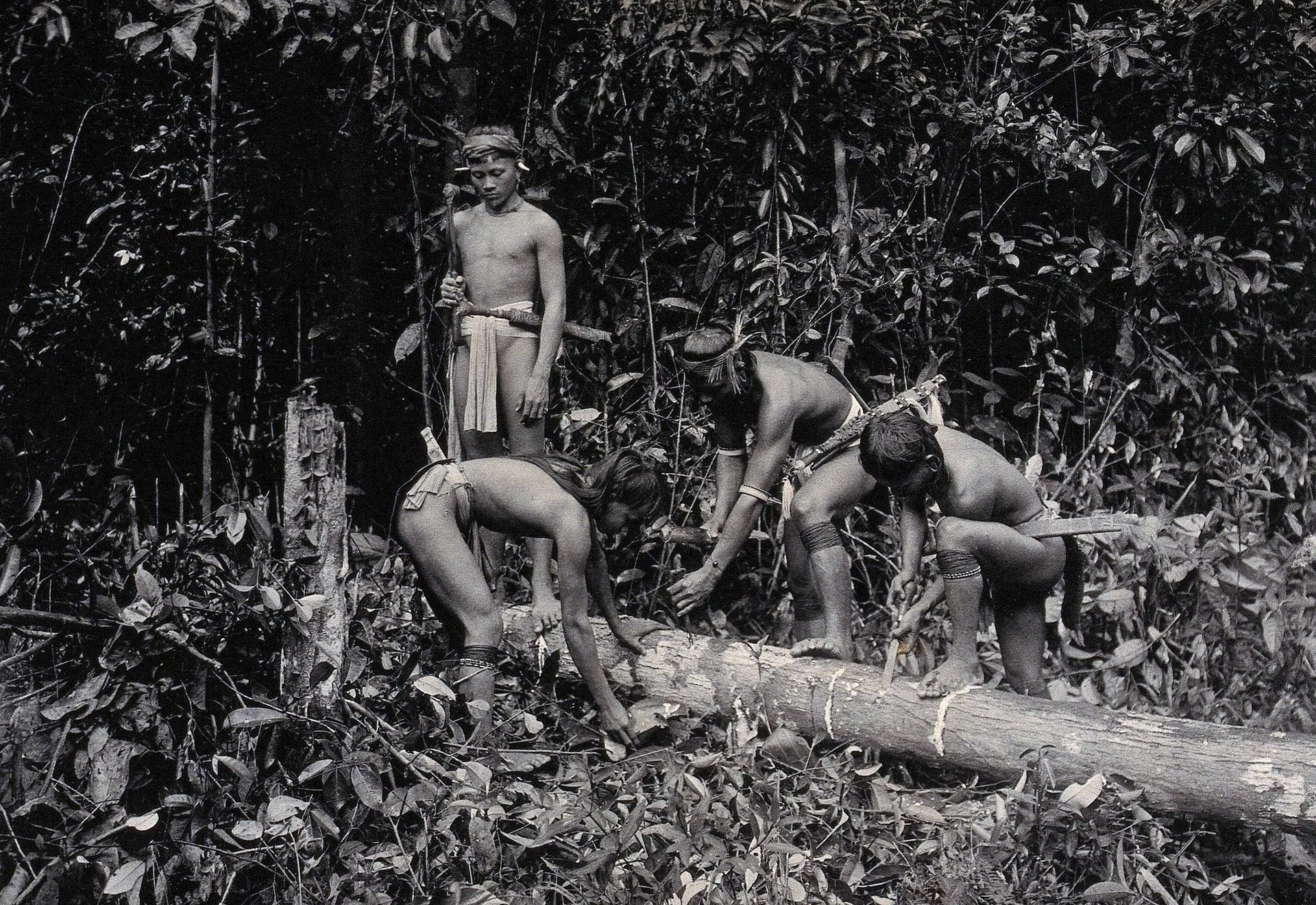
A kilogram of the stuff was purchased for the equivalent of £9.37 at 2016 rates, on average between 1885 and 1896, according to lectures given by Siemens employee Eugen Obach at the Royal Society of Arts in 1897. Observers of the time noted the rapacious demand for latex with alarm. “With the irrational manner in which the juice is collected, the trees still in existence will become more and more decimated, and … there is a danger of a decrease in the exportation and finally of the entire exhaustion of the sources,” wrote William T. Brannt, author of a book on gutta percha’s properties published in 1900.
Gutta percha wasn’t used only by the technologists of the day. It found two major applications: as a substance to make golf balls, replacing the old feather and leather affairs, and helping to popularize the game; and as fillings for dental cavities. Its properties as a natural plastic also made it ideal for homeware like picture frames, the soles of shoes, canes and other small items, according to Hunt.
Demand for the latex from Victorian society was such that palaquium gutta soon faced extinction in Southeast Asia’s jungles. Tully’s research shows that it had all but vanished from Singapore and parts of the Malay peninsula by the 1880s. An estimated 3 million trees were felled in just one region of Sarawak, on the island of Borneo, over a 20-year period. British colonial authorities even instituted a ban on harvesting the latex in 1883—but it was too little, too late.
The “cable king”
The exhaustion of gutta supplies in Southeast Asia triggered a crisis for the increasingly powerful companies that manufactured submarine cables in Europe. The figure towering over them was John Pender, who earned the sobriquet ”the cable king,” whose business empire was a marvel of vertical integration—rivalling even those of today’s technology giants.
Pender owned the Gutta Percha Company, which had a virtual monopoly over manufacturing submarine cables coated in the substance, as well as dozens of telegraph operators. His most well-known vehicles were the Telegraph Construction and Maintenance Company, which acquired the world’s largest ship at the time, the Great Eastern, to lay the 1865 transatlantic cable, and the Eastern Telegraph Company.
Pender parlayed his position as the world’s cable operator into a political career—his motto as a member of parliament was “telegraphs know no politics,” which the tech tycoons of today echo in their refrains about their platforms’ algorithmic neutrality—and became wrapped up in imperial intrigue, fending off accusations that he was using his networks to spy on corporate and political rivals, sometimes on behalf of the British empire, according to Hunt. “He was always looking for government subsidies and he wanted to make sure he got those whether it was a conservative or liberal government,” Hunt says, explaining Pender’s refrain.
Pender’s businesses left a legacy. Vestiges of his cable empire live on in today’s telecom conglomerates. His firms formed the core of Cable & Wireless, which, after decades of nationalization, mergers, and acquisitions, now has seen its chief components absorbed into the listed companies Vodafone and Liberty Global.
The roots of today’s submarine routes
The link between the cable systems of old and today’s fiber-optic networks don’t end there. Many of the undersea routes identified for submarine telegraphy have continued to be plied with new types of cables, carrying ever denser streams of data. “A lot of these routes remain the same … once [the undersea route] is pioneered, [engineers] knew it was a safe route, generally, so the maxim was, if it worked, then they would go ahead and lay another cable there,” says Nicole Starosielski, a professor at New York University and author of a book on submarine fiber-optics, The Undersea Network.
Hunt notes the technological conservatism that took hold as the cable business matured. The innovation and scientific discovery of the early days gave way to a focus on quality assurance—and profits. Pender and the other cable company bosses weren’t about to mess with a lucrative product. “The long dominance of gutta percha as an insulator resulted in part from the technological conservatism that overtook the cable industry once it achieved maturity around 1870 … Once they had found a type of cable that worked reasonably well … they saw little reason to run large risks involved in trying something new,” according to Hunt.
While the British raced ahead of other European powers in submarine telegraphy in the 19th century, thanks largely to its monopoly on gutta percha, Starosielski says, other countries caught up over the decades. But the cost and engineering expertise required to lay and operate the cables meant that the field has historically been dominated by a handful of companies or governments. That holds true today as web platforms like Facebook funnel their huge profits into their own submarine cables.
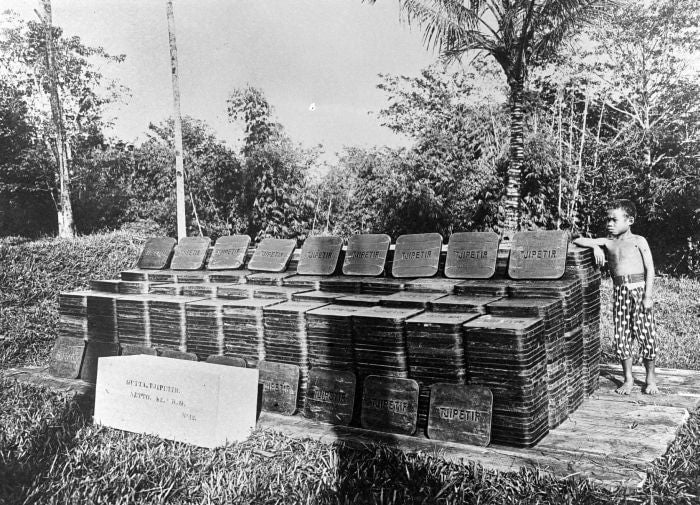
Back to the mysterious gutta percha blocks washing up on Cornish beaches. The prevailing theory—pieced together by Williams and her group of 10,000 sleuths assembled on Facebook—behind the Tjipetir mystery is that they were cargo on a Japanese ship called the Miyazaki Maru, which was sunk during World War One some 250 km off the Cornish coast. It had been traveling between Yokohama and London when it was attacked by a German submarine. A salvage operation is thought to have released the blocks from their resting place, causing them to float onto beaches across Europe.
The Receiver of Wreck, the British government official in charge of salvaged materials, says the theory hasn’t been confirmed—no one has been sent to search for the wreck—but it’s the most likely explanation. “We have nothing to suggest that’s not the case,” the Receiver, Alison Kentuck, says. “It’s quite a particular case, and I’d say it’s slightly unusual … [these items] have been on the seabed for a number of years, and through wind and tide action, tend to be released from whatever container they’re in, and are distributed over a number of years.”
Williams collated dozens of reports of Tjipetir blocks across Europe over the years. The reports led Wilkie, the taxonomist at Edinburgh’s botanical gardens, to plan a trip to the Tjipetir factory, where the blocks originated from, in January 2016. There, he found the factory in a semi-dormant state. It’s fired up once or twice a year, staffed by workers in the village that is its namesake—now rendered as Cipetir in Bahasa Indonesia.
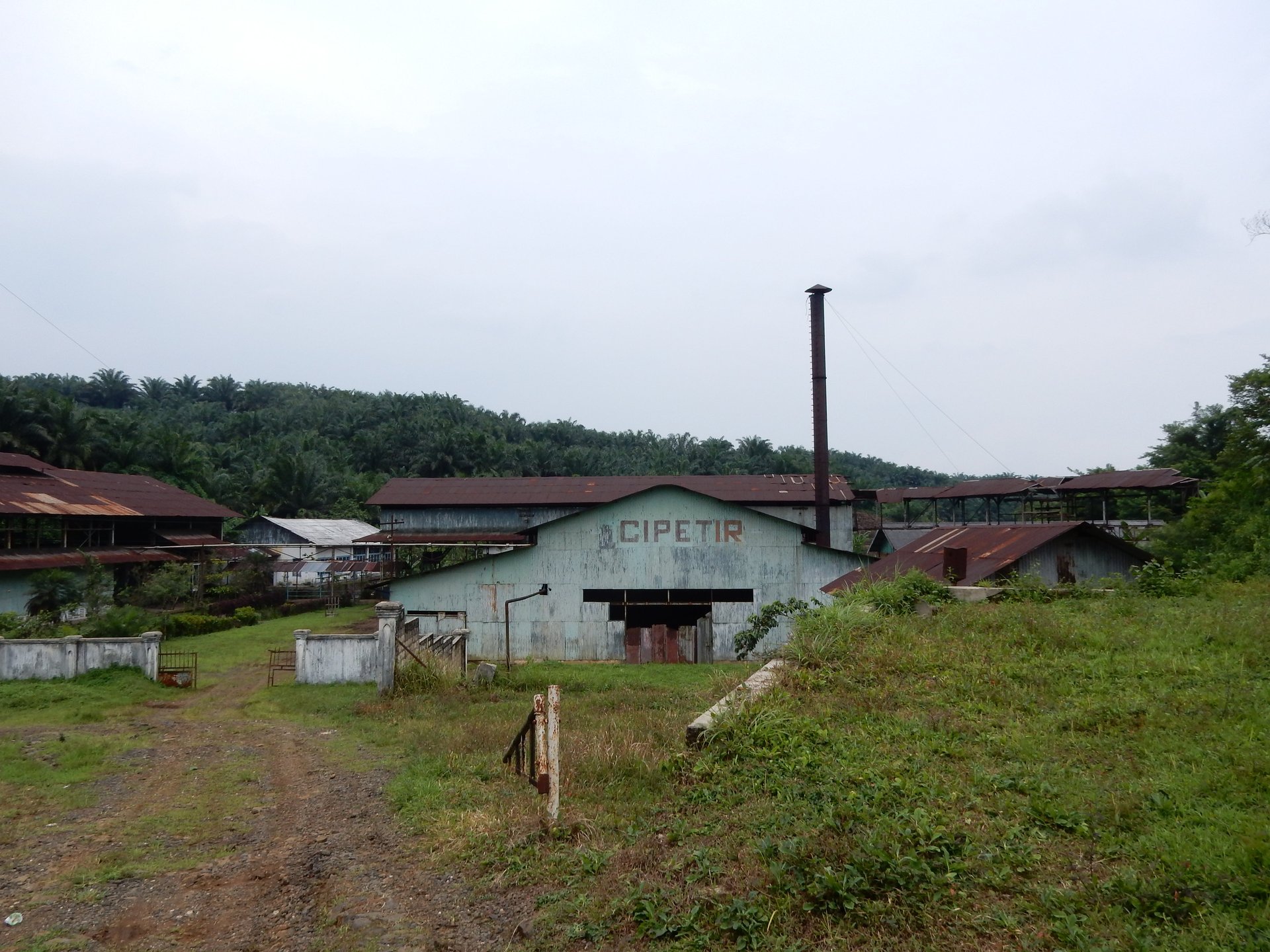
In the distance, behind the Cipetir factory, is the plantation of palaquium gutta trees. They survived the submarine cable craze that gripped Europe from 1850 onwards, and according to Wilkie, other wild trees in what is now peninsula Malaysia, and elsewhere in Southeast Asia, have likely come back from the brink of extinction they faced a century ago. The Dutch technique of extracting latex from crushed leaves also avoided felling the trees. ”It’s no longer particularly endangered, which is surprising considering it was so heavily harvested,” he says.
The Cipetir factory still churns out gutta percha for export to Europe, although these days, the latex is molded into small discs, and they are no longer stamped with the factory’s name. Their main customer, Wilkie says, is a Swiss company that makes artificial limbs. Quite a departure from a commodity that enabled electrical communications to encircle the globe for the first time.